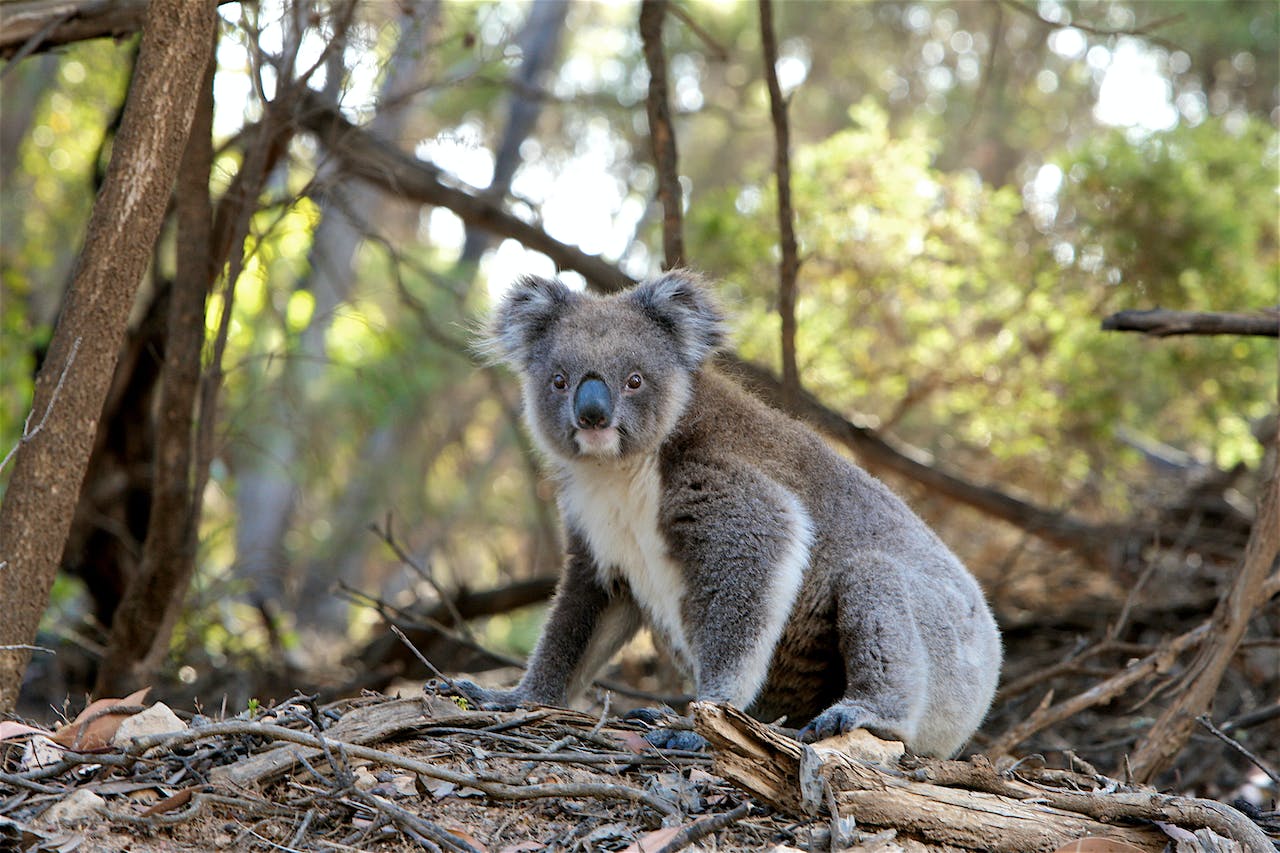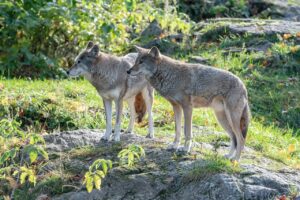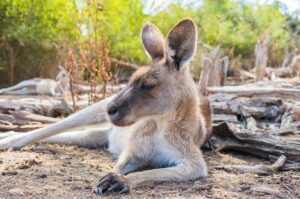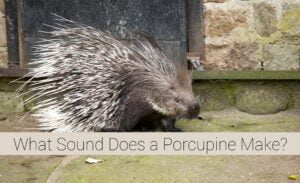Koalas are marsupials, meaning they have pouches where they carry their young. They are one of the native animals found in Australia. Koalas are also nocturnal and spend most of their time sleeping on eucalyptus trees, which are their main source of food.
But what sound does a koala make? You might think that these cute and cuddly creatures would make soft and gentle noises, but you would be wrong.
Koalas have surprisingly loud and varied sounds, ranging from grunts and growls to shrieks and screams.
Why Do Koalas Make Sounds?
Koalas make sounds for different reasons, depending on the situation and the season. Generally, koalas use sounds to communicate with each other, especially during the mating season, which is from August to February in the southern hemisphere.
Koalas also make sounds to warn off predators, such as dingoes, eagles, and pythons, or to defend their territory from other koalas.

What Are The Different Types Of Koala Sounds?
Koalas have three main types of sounds: bellowing, snarling, and squeaking. Each type of sound has a different meaning and purpose. Let’s take a closer look at each one.
Bellowing
Bellowing is the most common and distinctive sound that koalas make. It is a low-pitched, guttural roar that can be heard up to 800 meters away. Bellowing is mainly used by male koalas to attract females and to intimidate rivals. Bellowing can also indicate the koala’s size, health, and dominance. The louder and longer the bellow, the more impressive the koala.
Bellowing sounds like a mix of snoring, burping, and coughing. It is produced by the koala’s large larynx and vocal folds, which are located in the chest, not in the throat.
The koala also has a special organ called the velar vocal sac, which is a pouch of skin that inflates and deflates when the koala bellows. This helps to amplify and modulate the sound.
You can listen to a koala bellowing here:

Snarling
Snarling is another sound that koalas make, usually when they are angry or threatened. It is a high-pitched, raspy hiss that can be heard up to 50 meters away. Snarling is mainly used by koalas to warn off predators or to fight with other koalas over food, mates, or territory.
Snarling can also indicate the koala’s mood, stress level, and aggression. The sharper and louder the snarl, the more annoyed the koala.
Snarling sounds like a mix of hissing, spitting, and growling. It is produced by the koala’s small larynx and vocal folds, which are located in the throat, not in the chest. The koala also has a special organ called the nasal vocal sac, which is a pouch of skin that inflates and deflates when the koala snarls. This helps to amplify and modulate the sound.
You can listen to a koala snarling here:

Squeaking
Squeaking is the least common and most subtle sound that koalas make. It is a soft, high-pitched squeak that can be heard up to 10 meters away. Squeaking is mainly used by female koalas to call their young or to signal their receptiveness to males.
Squeaking can also indicate the koala’s comfort, affection, and curiosity. The softer and shorter the squeak, the more friendly the koala.
Squeaking sounds like a mix of chirping, squealing, and whistling. It is produced by the koala’s small larynx and vocal folds, which are located in the throat, not in the chest.
The koala does not have a special organ to help with squeaking, but it can control the pitch and volume of the sound by changing the shape and position of its mouth and tongue.
You can listen to a koala squeaking here:

Bottom Line
Koalas are cute and cuddly animals that just want to be left alone all day long. They make sounds to communicate with each other and to express their emotions and intentions.
Koalas have three main types of sounds: bellowing, snarling, and squeaking, each with a different meaning and purpose.
If you ever have the chance to visit Australia, make sure to listen to the sounds of the koalas. You might be surprised by what you hear.

Hi, I’m Louis Ojibe, and I grew up around wildlife in Africa. I have always been fascinated by animals and nature across the world.
As a child, my parents used to take me to see wild animals like lions, elephants, gorillas, tortoises, and many others at our local zoo.












